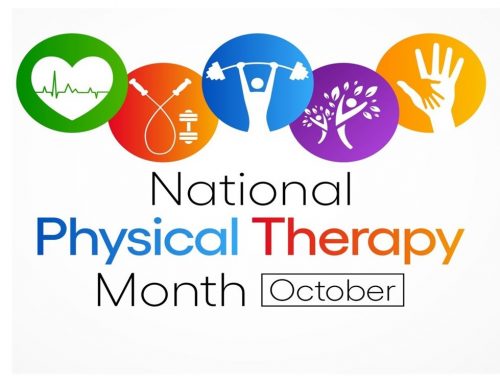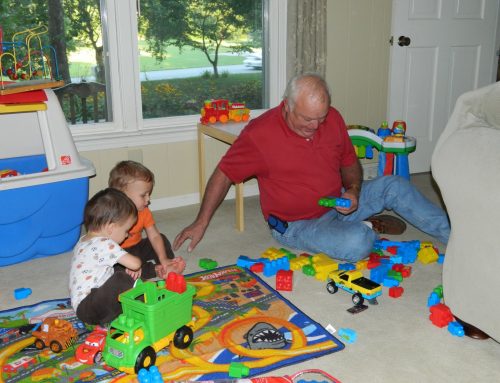Our company hosted a pain education course a few weeks ago which contained some of the most up-to-date research available on how the body deals with pain.
My biggest take-home message from the weekend was that the general public’s understanding of how pain works in the body is about 20 years behind the actual science.
For years we have been conditioned to fear pain because in our brains, pain equals harm or injury.
While it is possible to attribute pain to acute injuries like cuts and fractures, many other pain conditions are those which last far beyond the normal healing times of body tissues.
In fact, bones, joint and muscles are almost always healed within three months from the initial injury or surgery.
I’ll stick a disclaimer in here to say that pain should never be completely ignored, especially new pain. The pain I’m discussing in this article is that which has been medically evaluated and determined to not be a sign of an underlying or serious medical issue.
All input from the body is carried to the brain where it is processed. In other words, it is the brain which decides whether to interpret messages from the body as pain, and how much pain there is. After that decision, an output occurs (we create a behavior in response to the pain).
Interestingly, the circumstances and environment associated with the pain event can drastically alter the severity.
For example: you’re crossing the street holding onto your granddaughter’s hand. Halfway across, you stumble, twisting your knee.
In this scenario, you don’t want to upset your little one, so you put on smile and keep moving, even if it is with a little limp. Conversely, say you’re walking into Disneyland when someone clips your leg, causing the exact same amount of torsion to your knee.
In this scenario, the pain may be much more severely felt because you’re afraid that it has just ruined your plans for the day. Fear almost always increases pain severity.
Whether it is the fear of ruined plans, lost time at work, or uncertainty about the future, context matters.
So, what can we do about pain when it becomes part of our life? As the title says, its all about:
Blood
Nerves carry pain signals throughout the body, and nerves need a good blood supply to function properly. When nerves don’t have a good blood supply, they get active, creating all kinds of discomfort. The good news is that improving blood flow is usually a straight-forward process.
Space
When the space around nerves is occupied by fluid and inflammation, the nerves become irritated. One of the main focuses of treatment is increasing the space around nerves to allow for a return to their normal, pain-free state.
Movement
It turns out that one of the best ways to address these first two items is with the third. Motions is lotion, as they say, and motion is also a great way to create space and improve blood flow to every part of the body.
It needs to be the right kind of movement, of course, but generally speaking, movement is beneficial. When pain has been present for a long time, just going for a 10-minute walk twice each day has been shown to significantly reduce pain in any part of the body.
The most important thing you can take from this column is that there is life after (and with) pain.
The hurt may or may not diminish over time, but it is still possible to live and enjoy your life. I see patients do it every day.
The first step is always the hardest and most important, so don’t be afraid to reach out, even if you feel you’ve been written off as hopeless.
Jeff Samyn is a Physical Therapist, board certified Orthopedic Clinical Specialist, and Certified Strength and Conditioning Specialist at Northern Michigan Sports Medicine Center in Petoskey. He can be reached via e-mail at jsamyn@nmsportsmed.com. This information is not to be considered medical advice and is not intended to replace consultation with a qualified medical professional.






